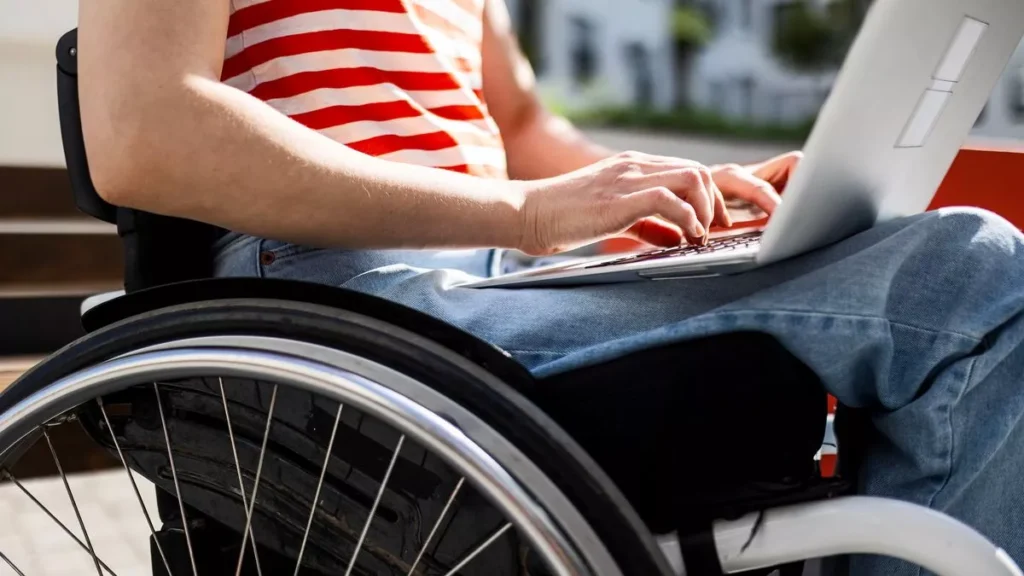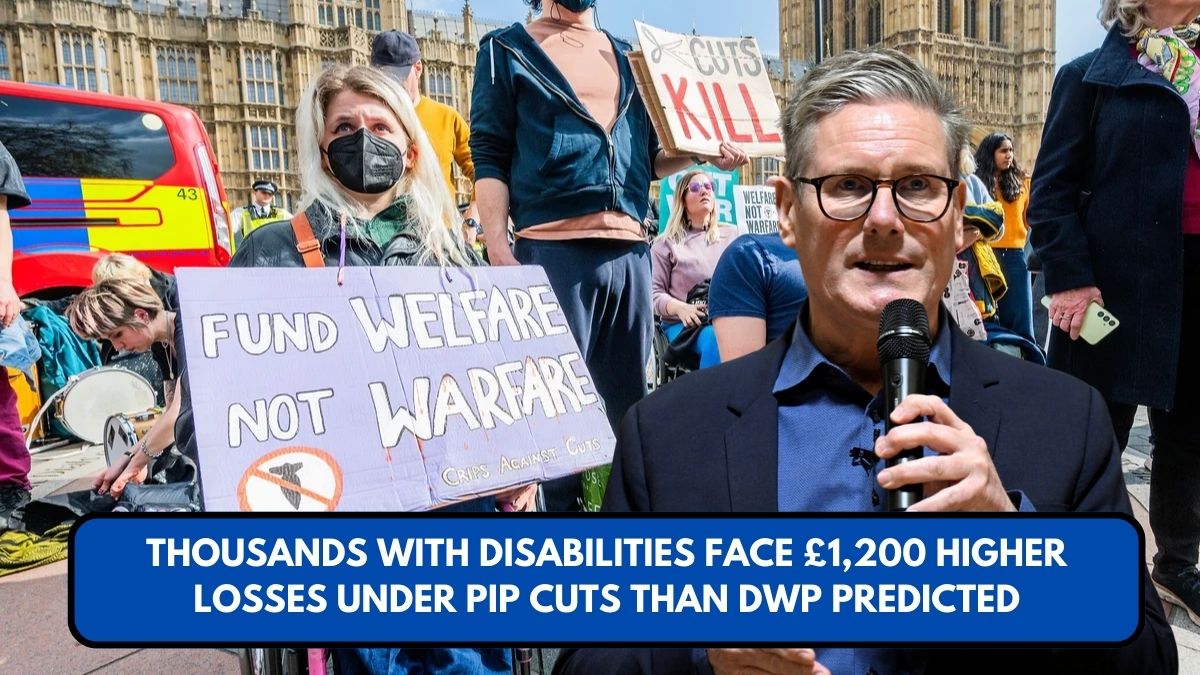The UK government’s proposed reforms to the Personal Independence Payment (PIP) system are expected to have a far more severe financial impact on claimants than initially estimated by the Department for Work and Pensions (DWP).
According to a recent analysis by the social policy think tank Policy in Practice, the average claimant may lose up to £1,200 more than the government originally projected—raising serious concerns about the reforms’ effect on the most vulnerable in society.
What Is PIP and Why Is It Changing?

PIP is a benefit provided by the DWP to help individuals living with long-term disabilities or health conditions manage extra living costs. The benefit is not means-tested and is based on how a person’s condition affects their daily life and mobility.
The new changes introduced by the UK government are designed to tighten eligibility rules, focusing payments on those with the highest levels of need. Under these reforms, claimants must score four points in a single assessment category, rather than combining points across several categories as was previously allowed.
Why Are Claimants Losing More Than Expected?
While the DWP has acknowledged that the reforms would reduce spending, it significantly underestimated the extent of the losses for individuals. The £1,200 additional impact per person stems from a combination of factors:
- Loss of Linked Benefits
Many individuals who qualify for PIP also become eligible for additional support, such as the limited capability for work and work-related activity (LCWRA) component of Universal Credit. If they lose PIP, they could simultaneously lose access to these associated benefits. - Increased Living Costs
Without PIP, claimants may face difficulty covering costs related to transport, home modifications, healthcare appointments, and personal assistance. These unmet needs could lead to further hardship and increased reliance on local authority services. - Stricter Scoring Rules
The revised scoring mechanism means claimants with multiple lower-level impairments may now receive no support. For example, someone with moderate difficulties in several categories may now be disqualified entirely, despite still facing serious challenges in daily life. - Potential for Exclusion
Experts warn that individuals with mental health conditions, chronic pain, or invisible disabilities are especially likely to fall through the cracks due to the new rules.
Detailed policy analysis is available from Policy in Practice.
Scope of the Impact
Policy in Practice estimates that more than 230,000 existing claimants could lose PIP under the new rules, while nearly 600,000 additional people may become ineligible for related benefits in the years ahead.
The Financial Times and The Guardian report that some households could see their total welfare income drop by over 60%.
This would not only put greater financial pressure on individuals but also increase demand on local authorities, social care systems, and the NHS—areas already under significant strain.
Read more from The Guardian’s full report.
Critics Warn: Disabled Britons May Become “Invisible”
Disability rights campaigners and policy experts have voiced concern that these cuts could effectively make disabled individuals “invisible” within the welfare system. The new eligibility thresholds may exclude people with life-limiting conditions or fluctuating symptoms, making it harder for them to get the support they need.
“The DWP’s new structure is more about saving money than supporting those in need,” one policy analyst warned. “It risks pushing thousands into poverty while failing to consider the complex realities of living with disability.”
Government’s Justification

The DWP argues that the reforms are aimed at ensuring fairness and sustainability, and that they will help target support at those most in need. Officials also believe the new structure will incentivise people who can work to move towards employment.
In a statement, the DWP said, “We are committed to ensuring disabled people receive the support they need. These changes are about creating a system that is fairer for all taxpayers.”
Final Thoughts
While the government’s intention may be to streamline support and reduce unnecessary spending, the real-world impact of the proposed PIP changes paints a much darker picture.
With higher-than-expected losses, disqualification from essential support, and increased hardship for vulnerable populations, the reforms are now facing growing scrutiny.
As implementation proceeds, advocacy groups are calling for urgent reassessments, public consultations, and greater transparency from the DWP to prevent long-term damage to the lives of those living with disabilities.
This article has been carefully fact-checked by our editorial team to ensure accuracy and eliminate any misleading information. We are committed to maintaining the highest standards of integrity in our content.

Filza specializes in simplifying financial topics for everyday readers. Whether breaking down Canada’s tax guides or U.S. benefits like SNAP and VA Disability, Filza’s relatable writing style ensures readers feel confident and informed. Follow her insights on LinkedIn or reach out via email at [email protected].




